SHOCK Report: Major Rice Brands Contain EXPLOSIVE Levels Of Arsenic And Cadmium
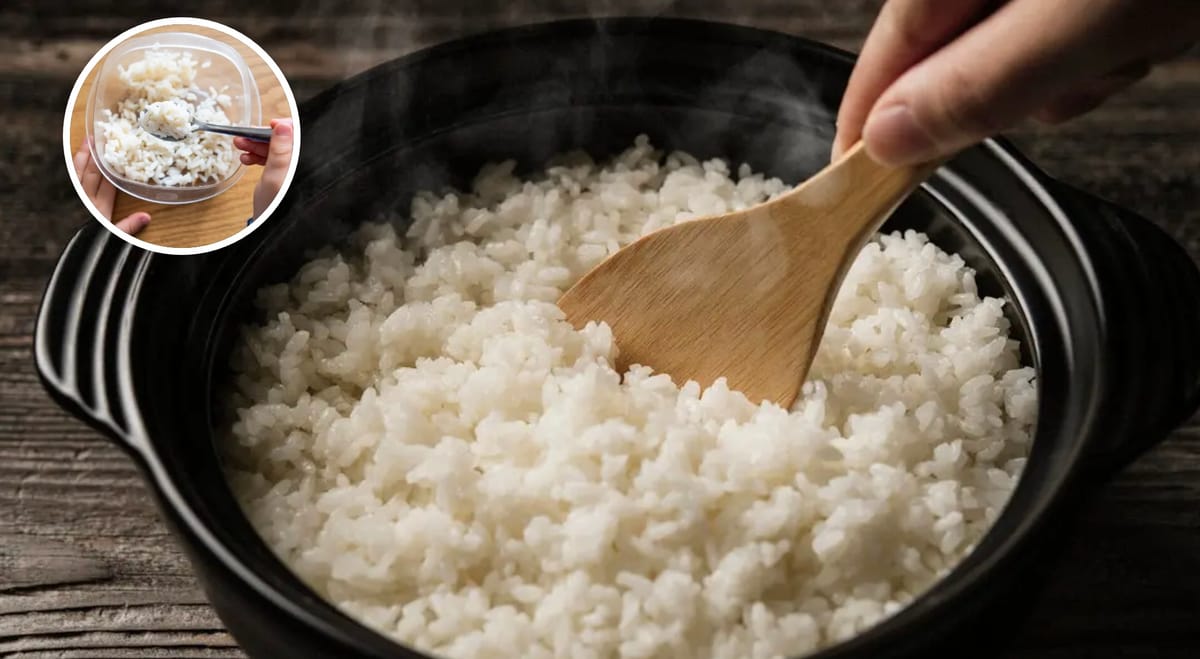
You might be feeding your family something potentially harmful every single day.
A groundbreaking new investigation has just sounded a major alarm about a pantry staple found in billions of homes worldwide.
A Wake-Up Call for Families
A recent report, shared initially with CNN, tested store-bought rice from over 100 brands available in the United States.
What they found is raising serious questions about what's on our dinner plates.
The focus was on heavy metals – specifically arsenic and cadmium.
Even at surprisingly low levels, these substances have been connected to concerning health issues.
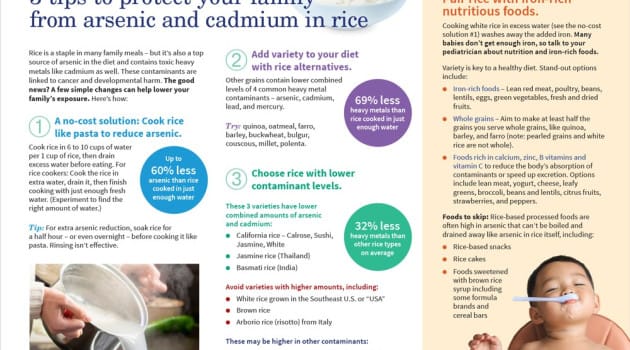
Things like diabetes, developmental delays, and heart issues are on the list of potential harms.
For young children, the risk is especially worrying.
Early exposure could be linked to reduced IQ and other cognitive challenges.
Why Is This Happening?
Arsenic is a naturally occurring element, found in soil and water.
The 'inorganic' form is the one experts are most concerned about, and it's a known carcinogen.
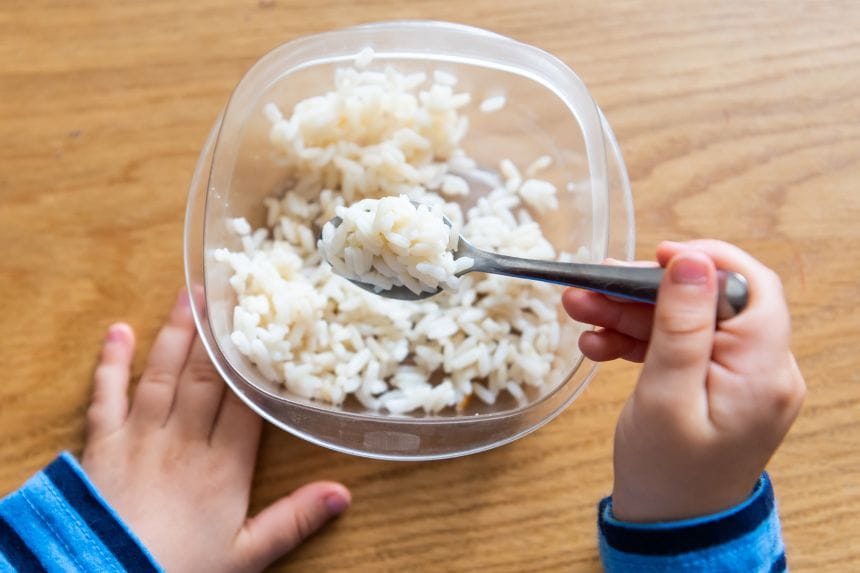
Exposure early in life, even during pregnancy, has been associated with negative outcomes.
The USA Rice Federation, representing American growers, pointed out that US rice generally has low levels of inorganic arsenic compared to global standards.
They also highlighted that fruits, vegetables, and fruit juice make up a larger percentage (42%) of the dietary arsenic Americans consume overall, compared to rice (17%).
"While we do not agree that there is a public health safety issue as a result of trace amounts of arsenic in rice, we will continue to work with the U.S. Food and Drug Administration (FDA) to ensure the U.S. rice supply meets any threshold established," said Michael Klein from USA Rice.
However, advocates argue that focusing on rice alone, as a single food item contributing 17%, makes it potentially the largest individual food source of arsenic in the US diet.
It's Not Just a US Issue
Rice is a dietary staple for over a billion children globally, often served at every meal in many cultures.
For young children aged 0-2 in the US, rice is a significant source of arsenic exposure.
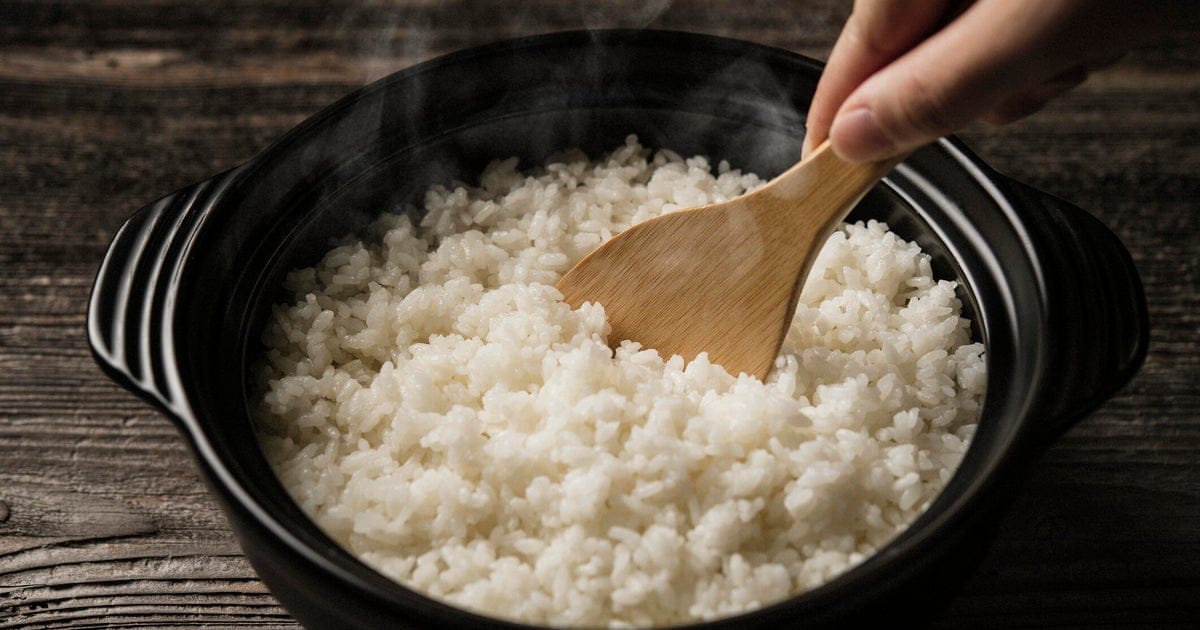
For Hispanic and Latino children in this age group, rice accounts for 14% of their arsenic exposure.
This number jumps even higher for Asian children, reaching over 30% for babies aged 0-2 and almost 55% for those 18-24 months old.
Awareness about these risks varies across communities.
"In fact many of our full time staff were not even aware of the dangers of arsenic in rice," shared Juan Roberto Madrid of GreenLatinos, a partner in the report. "Our communities must understand what arsenic does to babies and that there are alternatives available."
He stressed that this is a cause for concern, not necessarily panic.
Exploring Alternatives
The report didn't just look at rice. It also analyzed various 'ancient grains'.
These included amaranth, barley, buckwheat, bulgur, couscous, farro, millet, quinoa, and spelt.
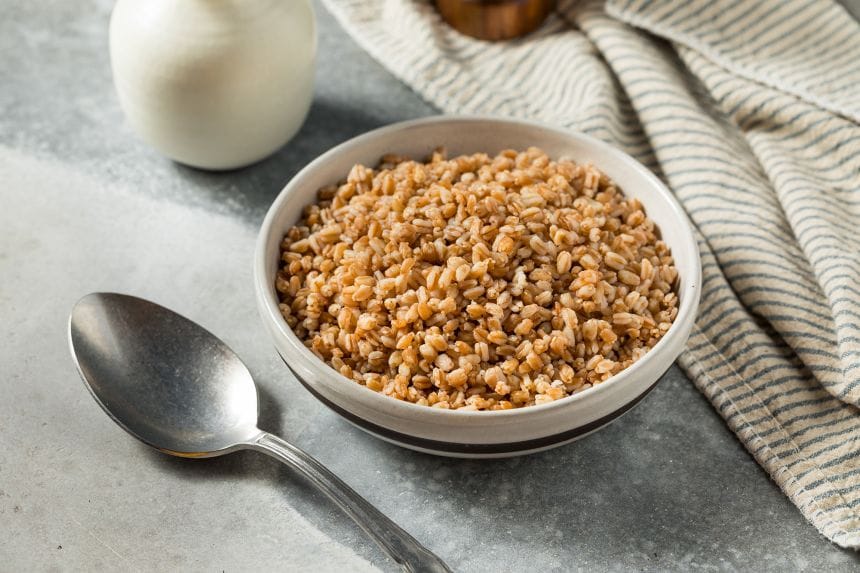
The findings showed alternative grains generally had much lower levels of heavy metals overall.
While they sometimes had higher cadmium than rice, the combined heavy metal load was significantly less.
Cadmium is another heavy metal of concern, linked to harm to kidneys, bone, and lungs, and can cross the placental barrier.
Most research has focused on arsenic, but this report aimed to give a more complete picture by including cadmium.
Does the Rice Type Matter?
Yes, it turns out the kind of rice and where it's grown makes a difference.
Brown and wild rice often contain higher levels of heavy metals because they retain the outer layers removed to make white rice, where these contaminants can concentrate.
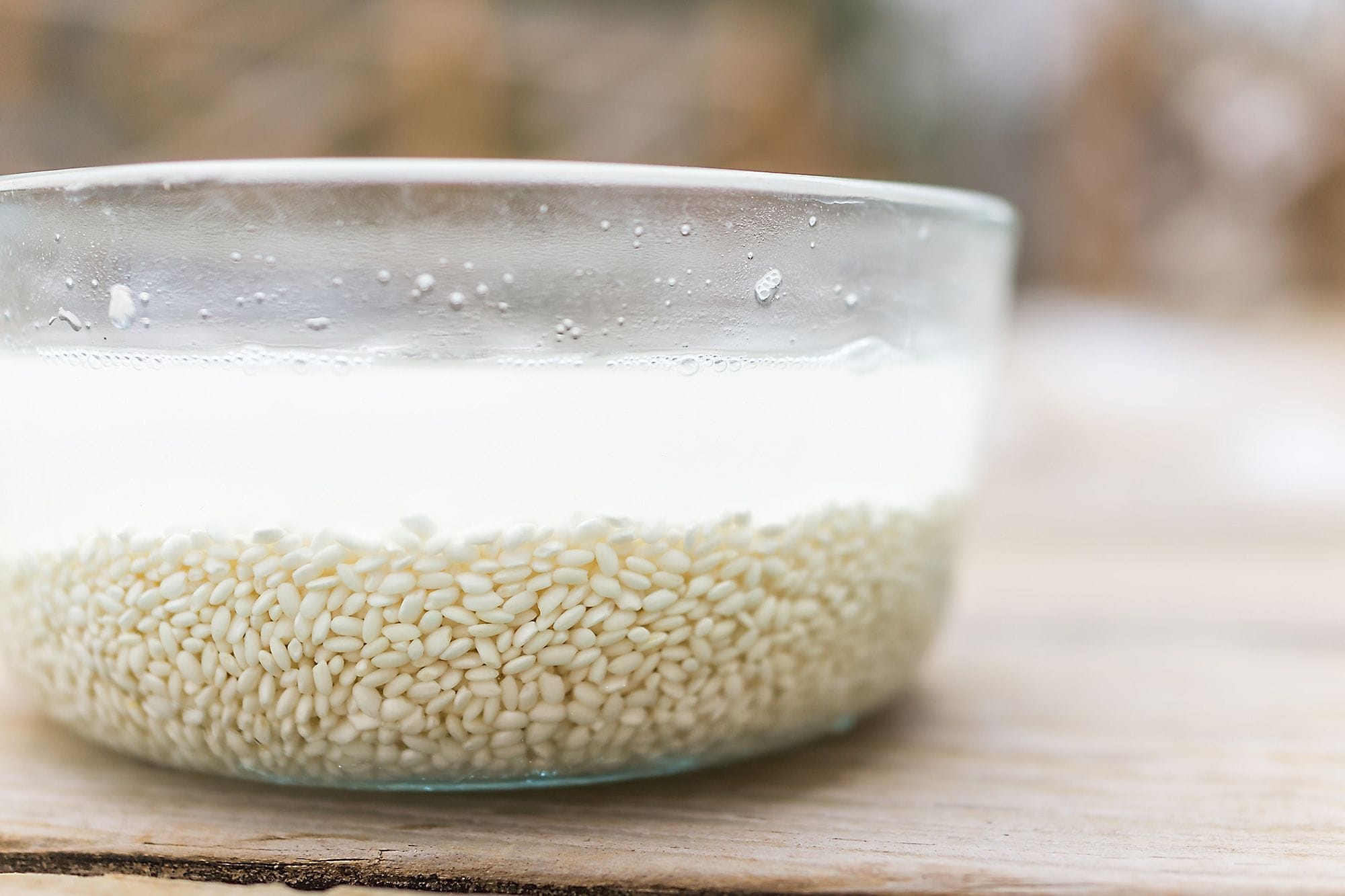
The report found US-grown brown rice and Italian Arborio rice had higher total heavy metal levels.
White rice from the US Southeast also showed relatively high levels.
Basmati from India, jasmine from Thailand, and California-grown sushi and Calrose rice tended to have lower arsenic levels.
However, some of these, like Indian Basmati and Italian Arborio, had higher cadmium.
California-grown rice, in general, tested lowest for overall heavy metals.
Also, be cautious with pre-cooked or instant rice, as the processing might introduce other issues.
Interestingly, the report found that brand name wasn't the key factor influencing metal levels.
It was more about the rice variety and its country of origin. Unfortunately, this information isn't always clearly labeled on packaging.
The Alarming Finding Revealed
The report's most impactful finding? One in four samples of rice purchased from stores exceeded the level of inorganic arsenic the FDA set for infant rice cereal (100 parts per billion).
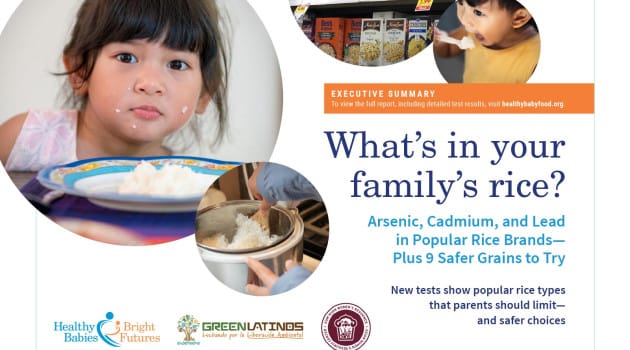
While the FDA limit specifically targets infant cereal, the report highlights that regular rice is a more significant source of arsenic for very young children overall.
For instance, US-grown brown rice samples averaged 151 ppb total heavy metals, with 129 ppb being arsenic. Italian Arborio averaged 142 ppb total (101 ppb arsenic), and US white rice averaged 118 ppb total (95 ppb arsenic).
California rice showed a much lower average of 65 ppb total, with 55 ppb from arsenic.
The FDA states it takes the presence of heavy metals in food seriously and is conducting a review of chemicals in the food supply.
Simple Steps You Can Take
There's a straightforward way to significantly reduce arsenic in your rice: cook it like pasta!
Using 6 to 10 cups of water per cup of rice and draining the excess afterward can remove up to 60% of the arsenic.
Soaking the rice for several hours or overnight before cooking can increase the amount removed.
Keep in mind this method might also remove some added iron, so consider other iron-rich foods for young children.
Experts recommend a varied diet including foods like beans, eggs, lean meats, fruits, and vegetables, which not only provide essential nutrients but some may also help the body process contaminants.
While the report raises valid concerns, understanding the facts and knowing how to prepare rice can help families make informed choices.



